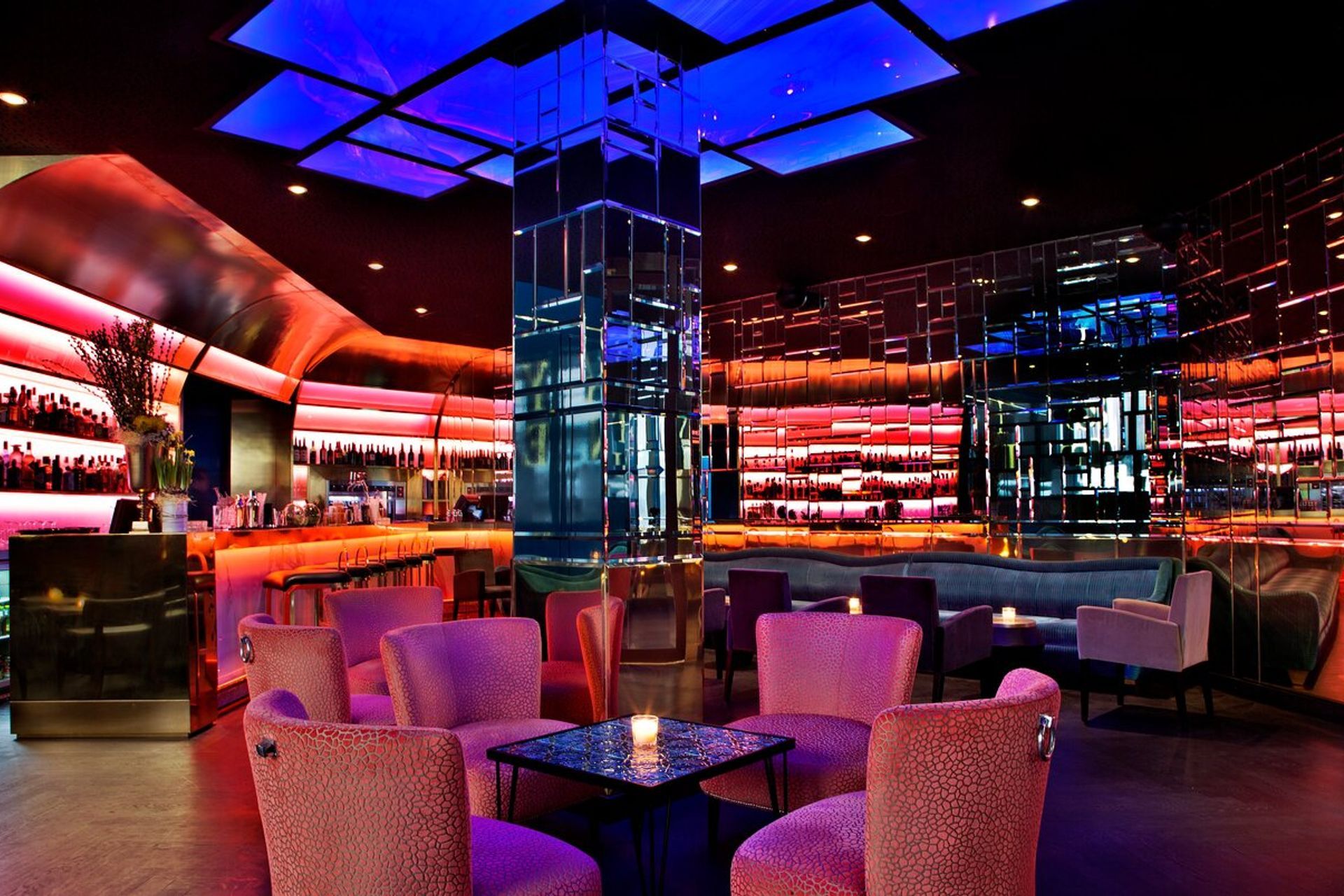An energy-efficient, clean air future
Written by
23 March 2021
•
4 min read

New building technologies help to keep our homes warmer in winter and cooler in summer while also addressing heat loss and gain through the building envelope. However, the tightly sealed buildings we’ve created may not be as healthy as we think; healthy homes need to breathe freely to ensure good air quality and a dryer mould free environment.
The New Zealand Building Code stipulates that we need fresh outside air to maintain internal air purity, without toxins and CO2, otherwise we’re likely to become sick with diseases such as asthma. The code states that a rate of 0.35 air changes per hour is required as the absolute minimum.
While it is the cheapest form of ventilation, opening the windows and doors works against energy efficiency as it means warm air escapes in winter and in summer, it rushes inside.
“We would need to open doors and windows for about 20 minutes every five hours to get sufficient ventilation through the house to introduce fresh air and expel moisture and pollutants,” says Massimo Biscuola of Solutionair.
“Similarly, positive pressure ventilation systems that circulate air from the ceiling cavity expose us to even more pollutants as it is dirty up there. And once the potentially moisture-laden air is introduced to our living areas, it can escape through power points and light fittings into wall cavities that, in the long term, will start to rot from the inside.”

Balanced ventilation for a healthier home
So, what is the solution? In order to achieve the goal of fresh air and energy efficiency without leaving doors open, Massimo says a mechanical ventilation system that provides balanced ventilation along with heat recovery is the best option.
“These systems, known as Balanced Ventilation Units or Air Handling Units, with heat recovery, have been popular in Europe for many years.”
Ventilation units with heat recovery are key in terms of energy savings, as they ensure that the warmth carried by the exhaust air is not wasted, but first transferred to the incoming fresh air without the two air streams ever physically mixing. In extremely hot conditions, heat exchangers can also work in reverse so that the heat carried by the incoming air is transferred to the exhaust air and thus pre-cooled before entering the rooms.
Solutionair provides several different brands of Balanced Ventilation Units in New Zealand at varying price points. Typically, they range from $6,000 to $20,000, which for some may have been a sticking point, along with a lack of knowledge about the importance of ventilation.
“Although they have been slow to catch on in this country, that’s about to change when an anticipated revision to clause G4 of the Building Code takes place mid-2021. Mechanical ventilation will soon be a requirement, especially in buildings near motorways or industrial estates.”

Choosing the right system for your needs
But selecting the right system for your home is not simple. Multiple factors must be considered, says Massimo. In selecting the right system for a house, the air supply capacity of the unit must match the size of the house and ventilation requirement. Placement of duct work and vents is key to avoid pressure loss hence airflow calculations are required to ensure the system will deliver the required volume of air to each room.
“The state-of-the-art SAVE VTC system from Systemair is about the size of a dryer and normally hangs on a wall in the laundry, inside a cupboard or in the garage. It utilises the OVAL+ slim-line ducting system to deliver fresh air to each room and extract stale moist air from the house.
“Solutionair also sells EoS B, a leading-edge product from Italian manufacturer, Aertesi, which incorporates balanced ventilation, heat recovery, dedicated bathroom extraction, summer by-pass as well as a heating and cooling function in the same unit. One system does all.”
In the last few months another option has become available in the form of a very competitively priced “decentralised balanced ventilation system with heat recovery” that can be installed in each room and run independently or in pairs via Bluetooth.
Massimo says the Italian-made Elicent REC-DUO heat recovery unit is going to be a game changer.
“This decentralised system doesn’t require ducting as it is installed through an external wall. It costs just over $850 installed for a large room or around $3,200 for a two-level terrace house.”
Learn more about the benefits of installing a Balanced Ventilation Unit in your next project.